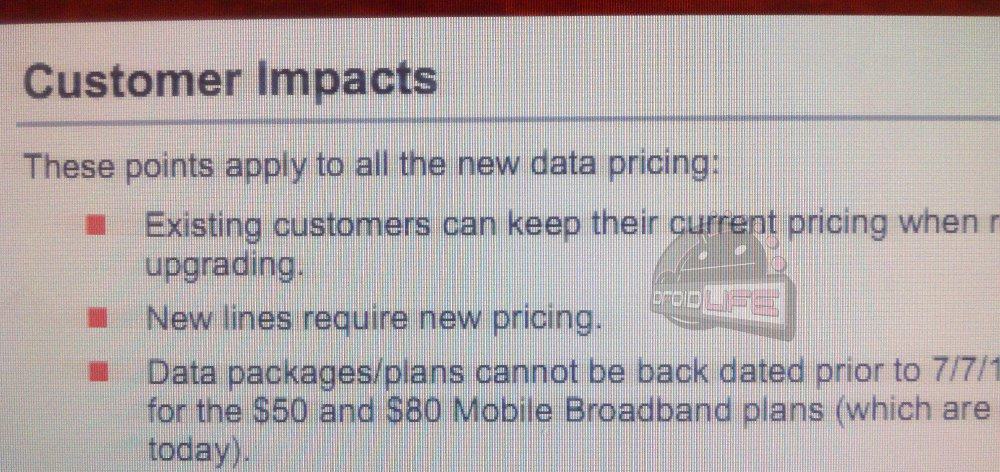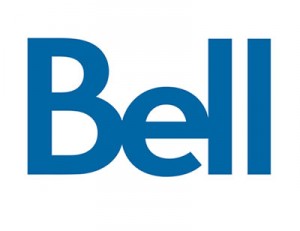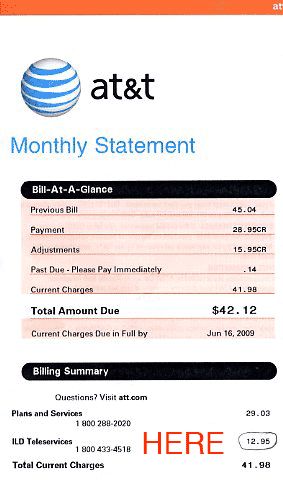 Billboards sprinkled across Ft. Wayne, Ind., telling residents, “Frontier is pulling the plug on FiOS — Switch to Xfinity,” has infuriated Frontier Communications, who says it will continue to provide FiOS service in the area, at least for broadband, indefinitely. Now the independent phone company has sent a “cease and desist” letter to Comcast officials demanding the billboards come down.
Billboards sprinkled across Ft. Wayne, Ind., telling residents, “Frontier is pulling the plug on FiOS — Switch to Xfinity,” has infuriated Frontier Communications, who says it will continue to provide FiOS service in the area, at least for broadband, indefinitely. Now the independent phone company has sent a “cease and desist” letter to Comcast officials demanding the billboards come down.
Frontier spokesman Matt Kelley accused Comcast of spreading false rumors in an effort to drum up business.
“Frontier is not planning on pulling the plug,” Kelly told WANE-TV. “We are going to continue providing FiOS service in Allen County and we have no plans to remove it.”
[flv width=”480″ height=”380″]http://www.phillipdampier.com/video/WANE Ft Wayne FiOS Not Going Away 6-9-11.mp4[/flv]
WANE-TV in Ft. Wayne led its newscast with the dispute between Frontier Communications and Comcast over fiber optic television. Is the plug really being pulled? (Loud Volume Alert!) (3 minutes)
But Comcast officials note Frontier has been pushing existing customers hard to switch to satellite television service, and Frontier earlier announced dramatic rate increases for its fiber cable television service — rates much higher than other competitors.
Comcast issued a statement about the dispute:
“Comcast continues to invest in these markets, while Frontier has taken a number of steps to discourage new customers from signing up for its service and encourage current customers to seek alternative services from satellite. We are using these ads to make consumers aware of our Xfinity TV service as a better choice for consumers.”

HissyFitWatch: Oooh... Comcast!
From our own Stop the Cap! investigation, both companies are partly correct.
We called Frontier this afternoon posing as a new FiOS customer in Ft. Wayne trying to sign up for television service. The only option available, we were told, was satellite television service. While Frontier was happy to sign us up for telephone and fiber broadband, the company representative told us she could not take our order for FiOS TV because, “it’s not available in your area.”
But Comcast’s claims about FiOS lack the very important detail that FiOS broadband and phone service will be offered by Frontier without any interruption — only television service appears to be at issue, and remains available to current customers.
We heard from several Ft. Wayne customers who are unhappy with Frontier’s handling of FiOS.
“While Comcast is being clever, the fact is Frontier wants TV customers to switch to satellite, which is simply a stupid idea,” says our reader Kevin. “Why would I want a satellite dish when I have fiber.”
Lee, another Frontier customer, believes the company broke its promise of no rate increases after buying out Verizon’s local operations.
“They promptly raised the TV rate by around $30, and if you are a new FiOS customer, expect to pay hundreds and hundreds of dollars for installation,” he says.
Last week, Frontier’s deadline for Comcast to pull down the billboards passed, but as of today those billboards are still on full display. Comcast’s response to Frontier?
“We received their letter.”
[flv width=”480″ height=”380″]http://www.phillipdampier.com/video/WANE Ft Wayne Deadline day for billboard back-and-forth 6-17-11.mp4[/flv]
WANE-TV in Ft. Wayne updates viewers. Frontier’s unilateral deadline for Comcast to pull down their billboards came and went. The billboards are still there. Now what? (2 minutes)
 Verizon is charging customers for text messages sent to mobile broadband devices, even though the devices themselves have no effective way to view the messages. That allegation is the subject of a class-action lawsuit filed against the wireless carrier by Hagens Berman LLP, a law firm representing consumers who were unfairly billed for text messages from July 28, 2004 to the present.
Verizon is charging customers for text messages sent to mobile broadband devices, even though the devices themselves have no effective way to view the messages. That allegation is the subject of a class-action lawsuit filed against the wireless carrier by Hagens Berman LLP, a law firm representing consumers who were unfairly billed for text messages from July 28, 2004 to the present.

 Subscribe
Subscribe









